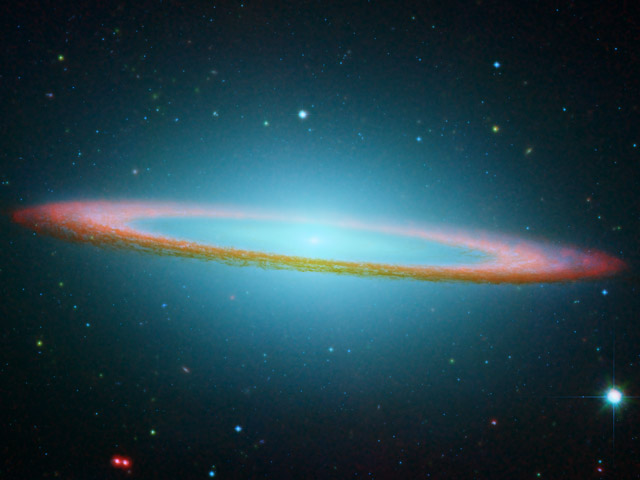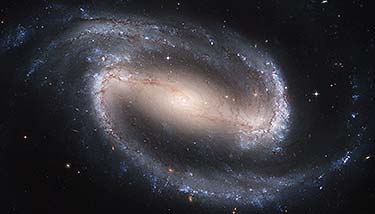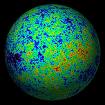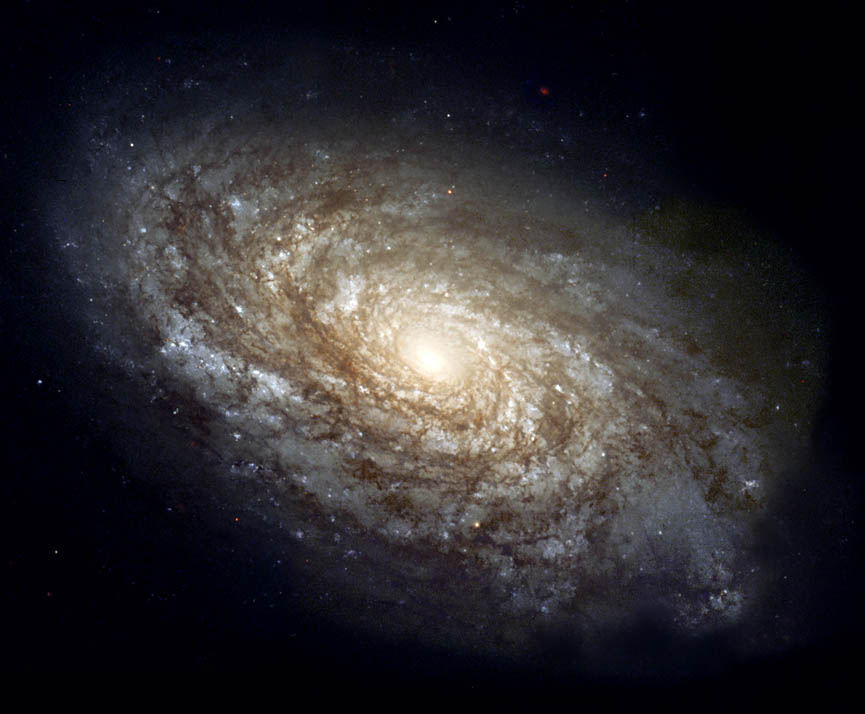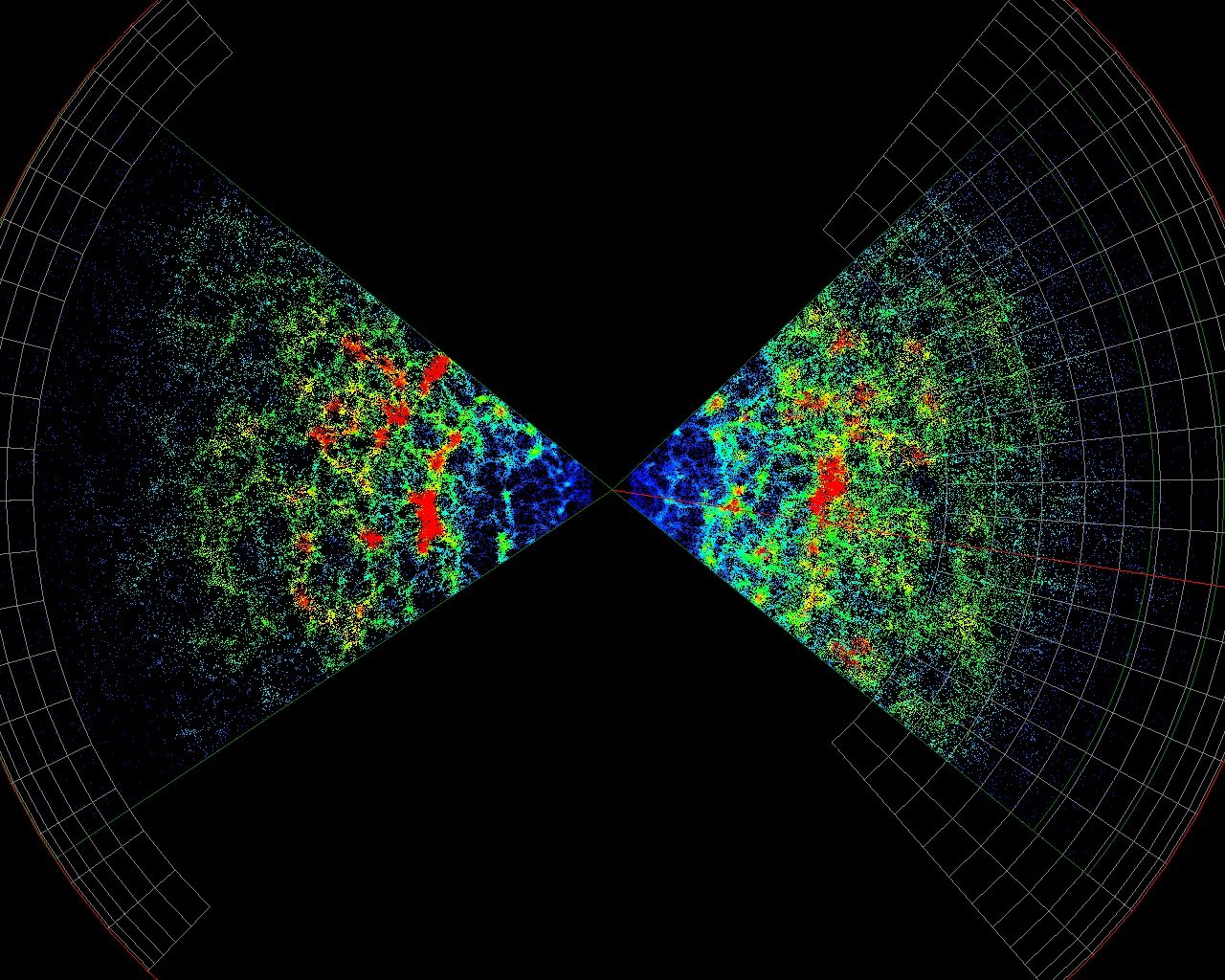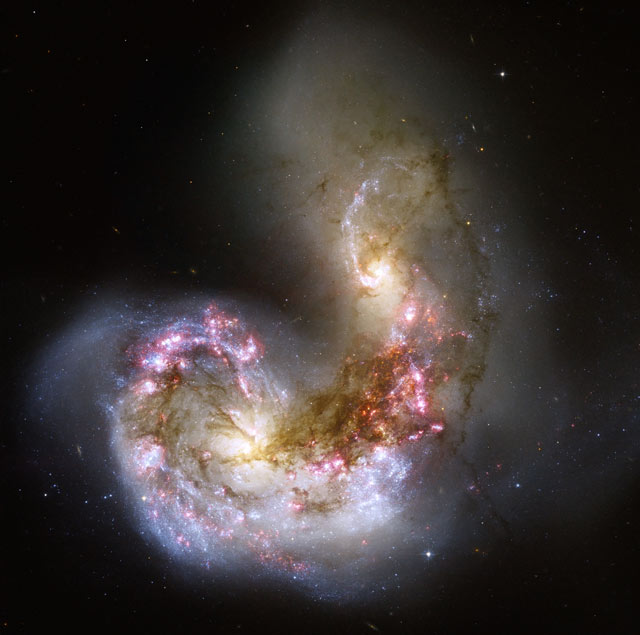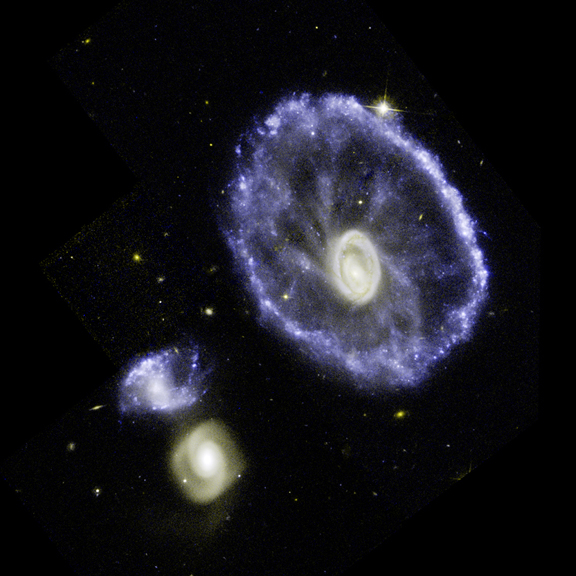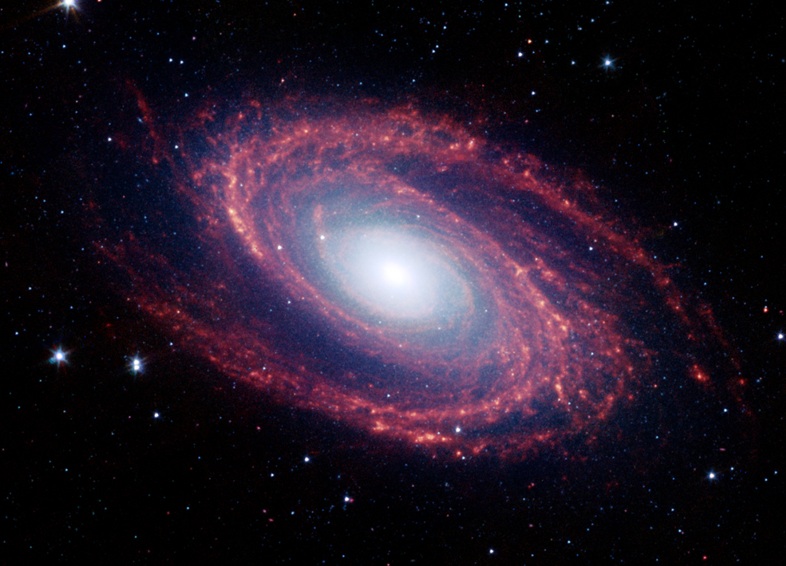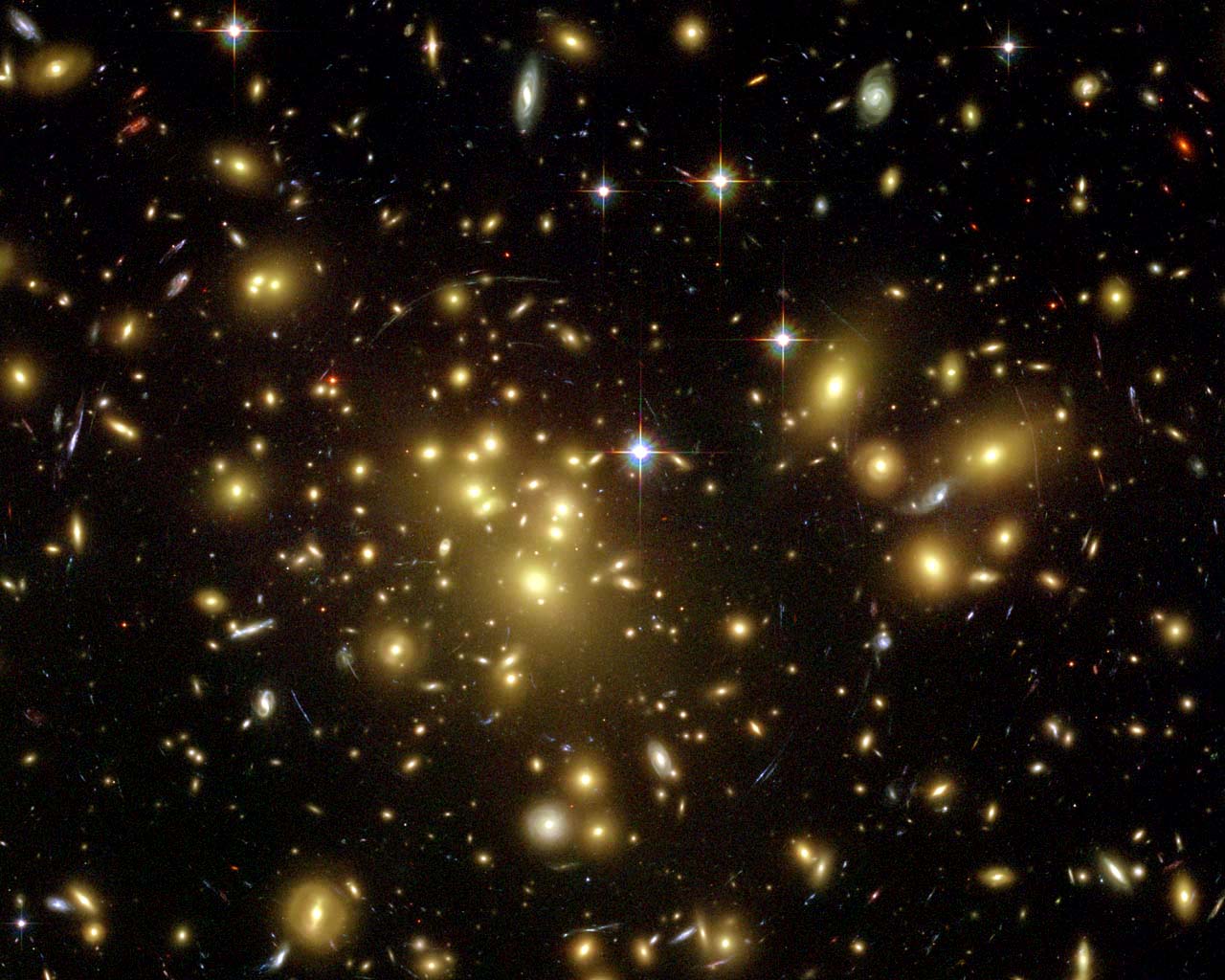| ASTRONOMY 430/530: GALAXIES |
 |
| Home |
| CV |
| Research |
| Publications |
| Preprints |
| Presentations |
| Teaching |
| Astronomy Dept |
| Physics Dept |
| Yale University |
Course Description: This course provides the student with a survey of the content, structure, dynamics, formation and evolution of galaxies. After a detailed overview of the various components of galaxies (disk/spheroid, stars, gas, dark matter, supermassive black holes), their statistical properties (luminosity function, size distribution, color distribution, metallicity distribution), and the corresponding scaling relations, the course focusses on the physical processes underlying galaxy formation and evolution. Topics include Newtonian perturbation theory, the spherical collapse model, formation and structure of dark matter haloes (including Press-Schechter theory), the virial theorem, cooling processes, and an expose of current topics in galaxy formation and evolution. The course also includes a detailed treatment of statistical tools used to describe the large scale distribution of galaxies (n-point correlation functions, galaxy power spectra, counts-in-cells, etc.) and introduces the student to the concepts of galaxy bias and halo occupation modeling. Syllabus: Click here for download Lecture Hours:
Student Presentation: Each student will give a 20min presentation on a topic. A list of suggested topics will be handed out in class, though the student may also pick his/her own topic after consultation with the instructor. A one-page outline of the talk will be due one week before the scheduled talk (at the end of the semester). Main Textbook: Galaxy Formation & Evolution by H. Mo, F. van den Bosch & S. White This course will closely follow this upper-level textbook which presents an in-depth discussion on all topics of relevance for the formation and evolution of galaxies. Students a strongly encouraged to purchase a copy of this textbook, following this link (Cambridge University Press, 2010; ISBN 978-0-521-85793-2, hardcover). Other Recommended Textbooks: Galaxies in the Universe: An Introduction (2nd Edition) by L. Sparke & J. Gallagher Good textbook at introductory level (Cambridge University Press, 2007; ISBN 978-0-521-67186-6, paperback). Extragalactic Astronomy and Cosmology: An Introduction by P. Schneider A good second reference for this course. The book contains a good and up-to-date description of all key concepts in extragalactic astronomy and cosmology, but does not delve too deeply into mathematical formalisms and proofs. The book is very well illustrated (Springer 2006; ISBN 978-3-540-33174-2, hardcover). Galactic Dynamics (2nd Edition) by J. Binney & S. Tremaine An excellent textbook for topics related to the collisionless dynamics of galaxies, galaxy clusters, globular clusters and dark matter haloes (Princeton University Press, 2008; ISBN 978-0-691-13027-9, paperback). Galactic Astronomy by J. Binney & M. Merrifield This textbook focusses mostly on observational aspects of galaxies (Princeton University Press, 2008; ISBN 978-0-691-02565-7, paperback). The Structure and Evolution of Galaxies by S. Phillipps Excellent textbook at the introductory level (John Wiley & Sons,Ltd, 2005; ISBN 978-0-470-85507-X, paperback).
|
